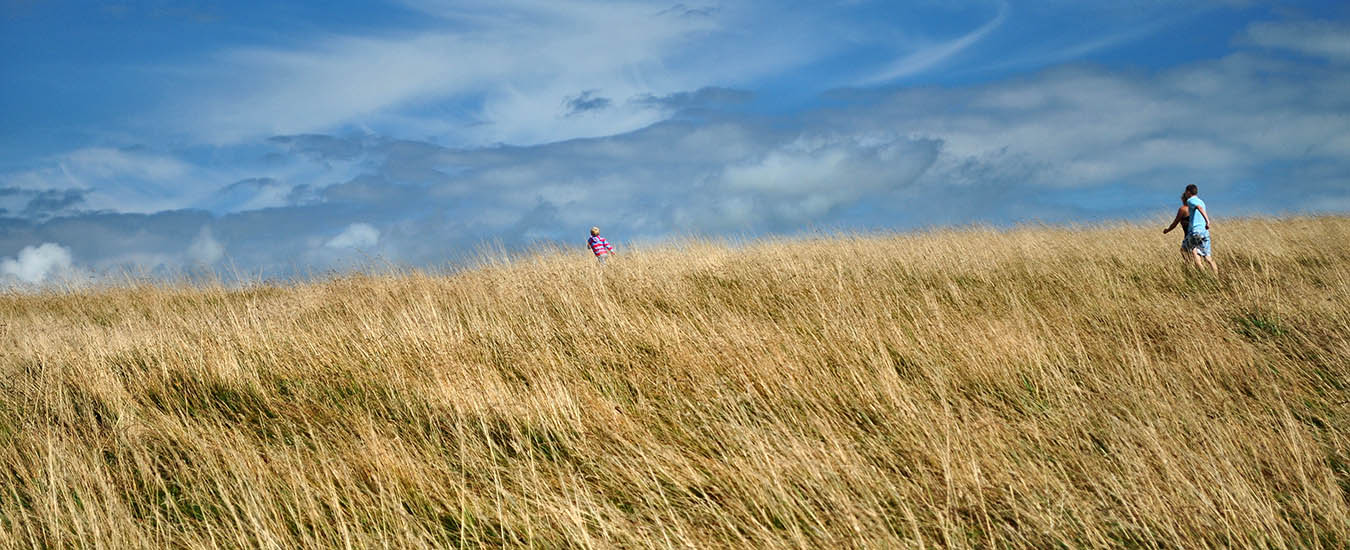A hundred years ago five men built the first airplane to fly in Canada-and it took a woman to organize them.
Since boyhood, Alexander Graham Bell had been fascinated by the concept of flight; by 1890, he was ready to do something about it. He started with unmanned kite flights in 1891, much to the amusement of the locals near his home in Baddeck, Cape Breton. A boatman rowing a visitor to the Bells' homestead, Beinn Bhreagh, described the kite-flying experiments as "the greatest foolishness I ever did see."
By 1903, he had resolved to build an engine-powered kite capable of lifting a man, but to do this he needed someone with an engineering background.

Bell's secretary at Beinn Bhreagh was Arthur McCurdy, editor of the local newspaper, whose hard-working son, Douglas, had grown up on the Bell estate. In 1906, Bell's wife, Mabel, who followed her husband's work closely, suggested to Douglas McCurdy that he bring one of his fellow engineering students from the University of Toronto to Baddeck for a couple of weeks, someone who might be interested in what her husband was doing. He invited Frederick "Casey" Baldwin, one of his closest friends.
Baldwin was captivated by stories about Bell's work, so when McCurdy extended Mabel's invitation to go to Baddeck, he jumped at the chance. Bell, 59, impressed with the 24-year-old's enthusiasm for his aerial experiments, invited him to stay. Baldwin accepted, and remained at Baddeck for 40 years-literally the rest of his life.
Besides Baldwin and McCurdy, Bell gathered other bright young men around him. First Lieutenant Thomas Selfridge, 25, a highly likeable and quietly determined American army officer with an interest in powered flight, came as an official observer for the US Army. Glenn Curtiss of Hammondsport, NY, an aloof, 29-year-old self-made designer, builder and prize-winning racer of motorcycles, joined the team as engine expert.
As Bell described it, "So, there we were, living in my house, myself an elderly man, surrounded by brilliant young men, each an expert in his own line. We became very friendly. My wife became very much attracted to them all. She suggested that we form an association...."
The men acted on Mabel's suggestion, forming the Aerial Experiment Association (AEA). She had recently received $20,000 from the sale of an inherited property, and offered to finance them towards their goal to "get into the air" with a workable flying machine. Mabel's suggestion may have made her the first woman in history to propose and fund such a group.
On October 1, 1907, the AEA was established, originally for the duration of a year. Bell was chairman; Baldwin, chief engineer; McCurdy, treasurer and assistant engineer; Selfridge, secretary; and Curtiss, director of experiments. Their goal was to build an "aerodrome," Bell's preferred term for a flying machine.
After constructing a kite that lifted Selfridge 50 metres into the air before unceremoniously dropping him into the chilly waters of the Bras d'Or Lakes, the four young men went to Hammondsport, NY, where Curtiss had a machine shop. There, they shared their knowledge and discoveries, each designing an aircraft.
Selfridge's Red Wing was the first, named after its red silk covering. When Baldwin flew it on March 12, 1908, it was the first public flight of an aircraft in North America. It also made Baldwin the first Canadian to fly a powered aircraft.
Baldwin's White Wing was next, equipped with two innovative firsts for North America: ailerons-moveable wing tips-which had been suggested by Bell, and a three-wheeled undercarriage. Although Baldwin flew White Wing on its inaugural flight, they all took turns before McCurdy crashed it on his first attempt.
The third machine was June Bug, which Curtiss built. The AEA entered it in the Scientific American Trophy competition for the first successful flight of one kilometre. At Hammondsport on July 4, 1908, Curtiss won the prestigious award.
McCurdy built the next machine, which had several modifications from earlier models. He christened it Silver Dart, after the metallic waterproofing compound that covered its silken wings. While work on Silver Dart continued, Selfridge died from injuries sustained in the crash of an airplane flown by Orville Wright, who himself was badly injured. Selfridge became aviation's first passenger fatality.
Upset by the loss of their friend, the others decided they would continue the work of the AEA for six more months, until March 1909. Mabel contributed another $10,000.
In late January 1909, the men disassembled Silver Dart and shipped it to Baddeck by train. On February 23, the aircraft was ready for its first Canadian trial and was towed onto the ice at Baddeck Bay, with McCurdy at the controls and the entire village watching.
After an aborted first attempt, the aircraft slid along the ice and lifted into the cold winter air, much to the spectators' surprise. It flew for 800 metres at 65 kilometres per hour-the first successful flight of a flying machine in Canada. An ecstatic Bell telegrammed the London Times to announce their achievement to the world, 100 years ago this February.
At midnight on March 31, the AEA ceased to exist. Its members passed a resolution thanking Mabel for her unstinting support, expressing their appreciation of her "loving and sympathetic devotion, without which the work of the Association would have come to naught."
During its short existence, the AEA-five inquiring men supported by an equally inquisitive woman-had chalked up considerable aerial achievements. According to Dr. John Parkin, the chronicler of Bell's achievements at Baddeck, its members made "a major contribution to man's conquest of the air… out of all proportion to its size, life, and resources [ranking] in precedence next to the Wright brothers."
